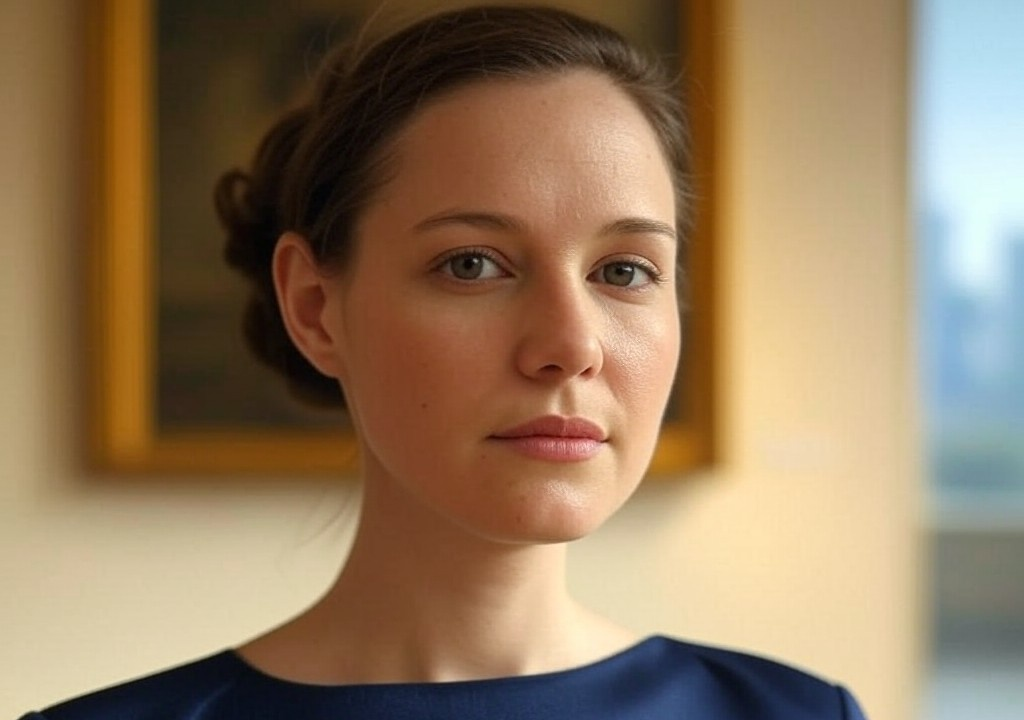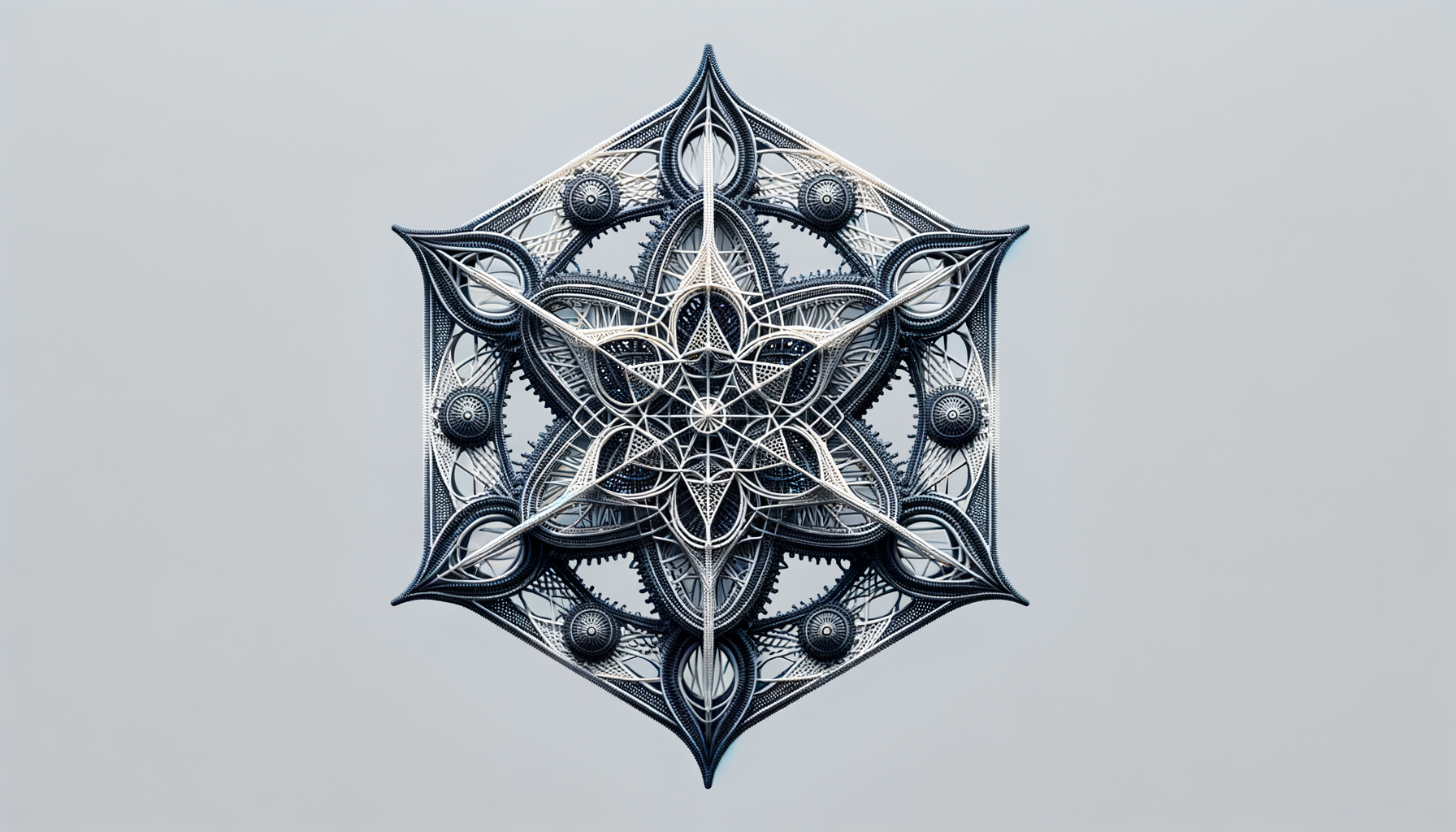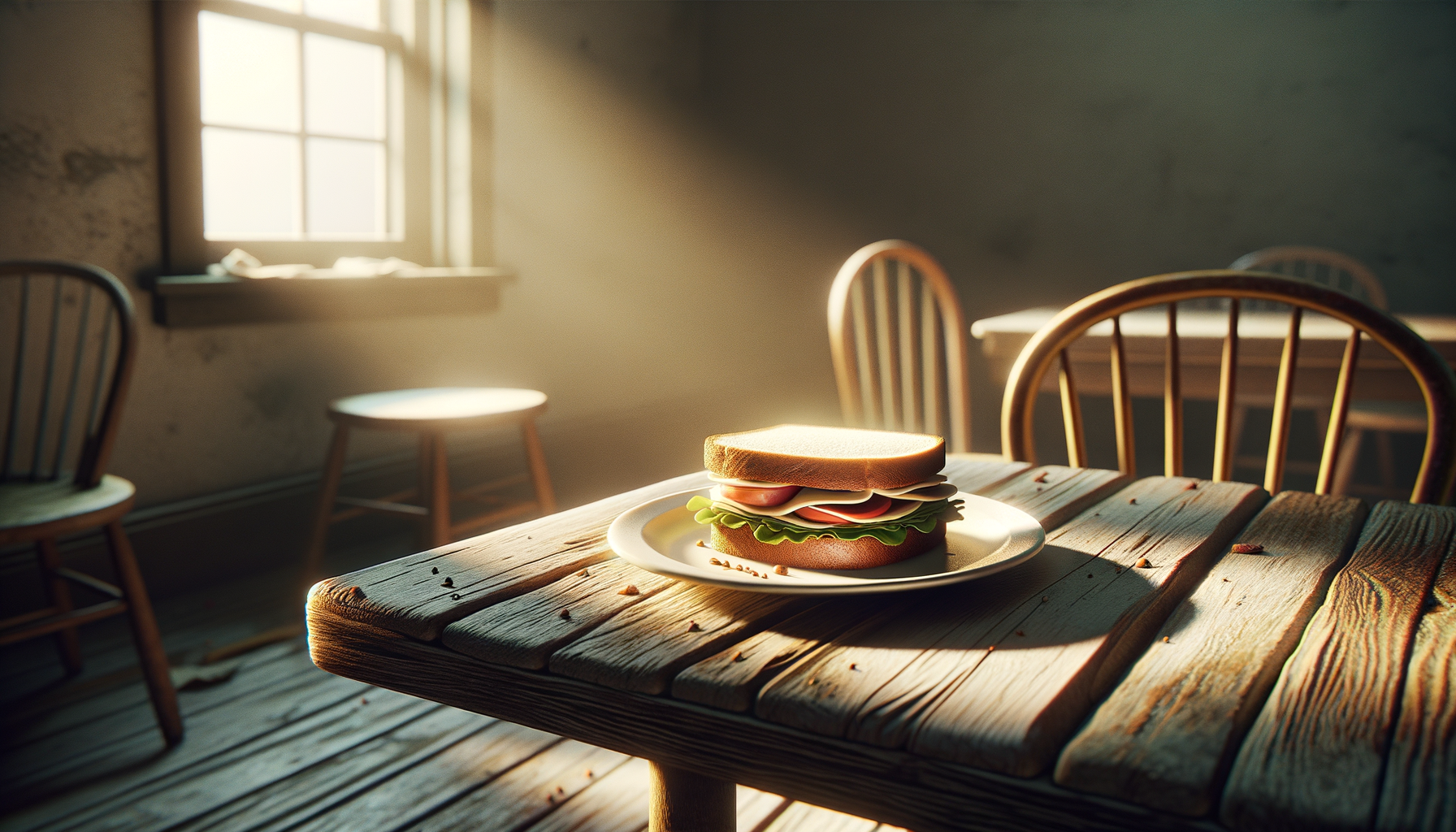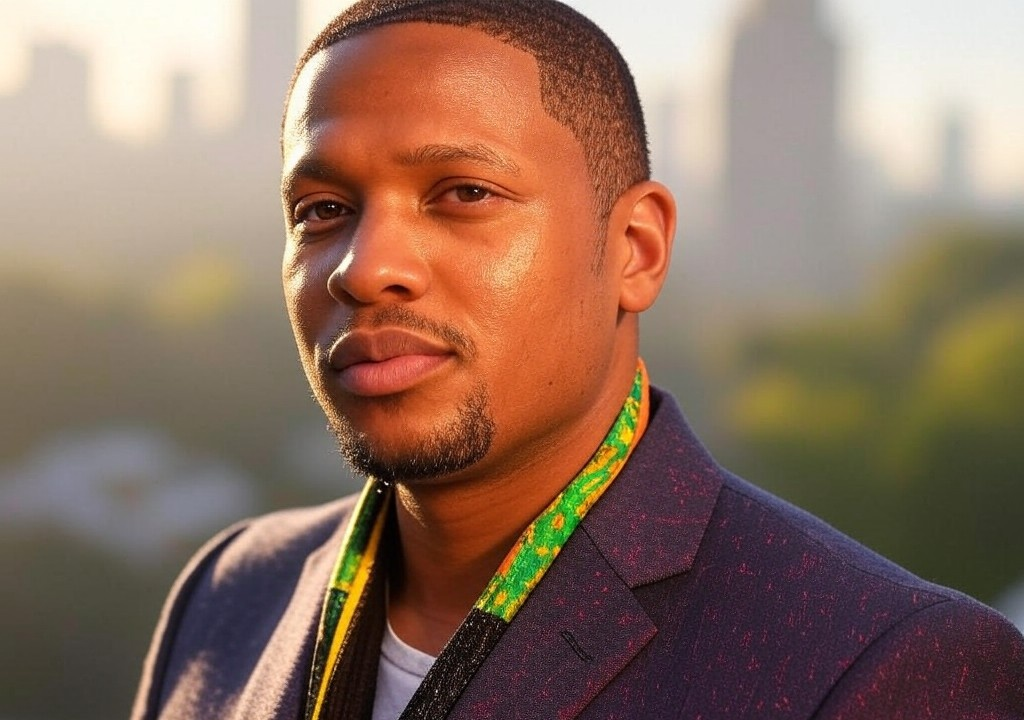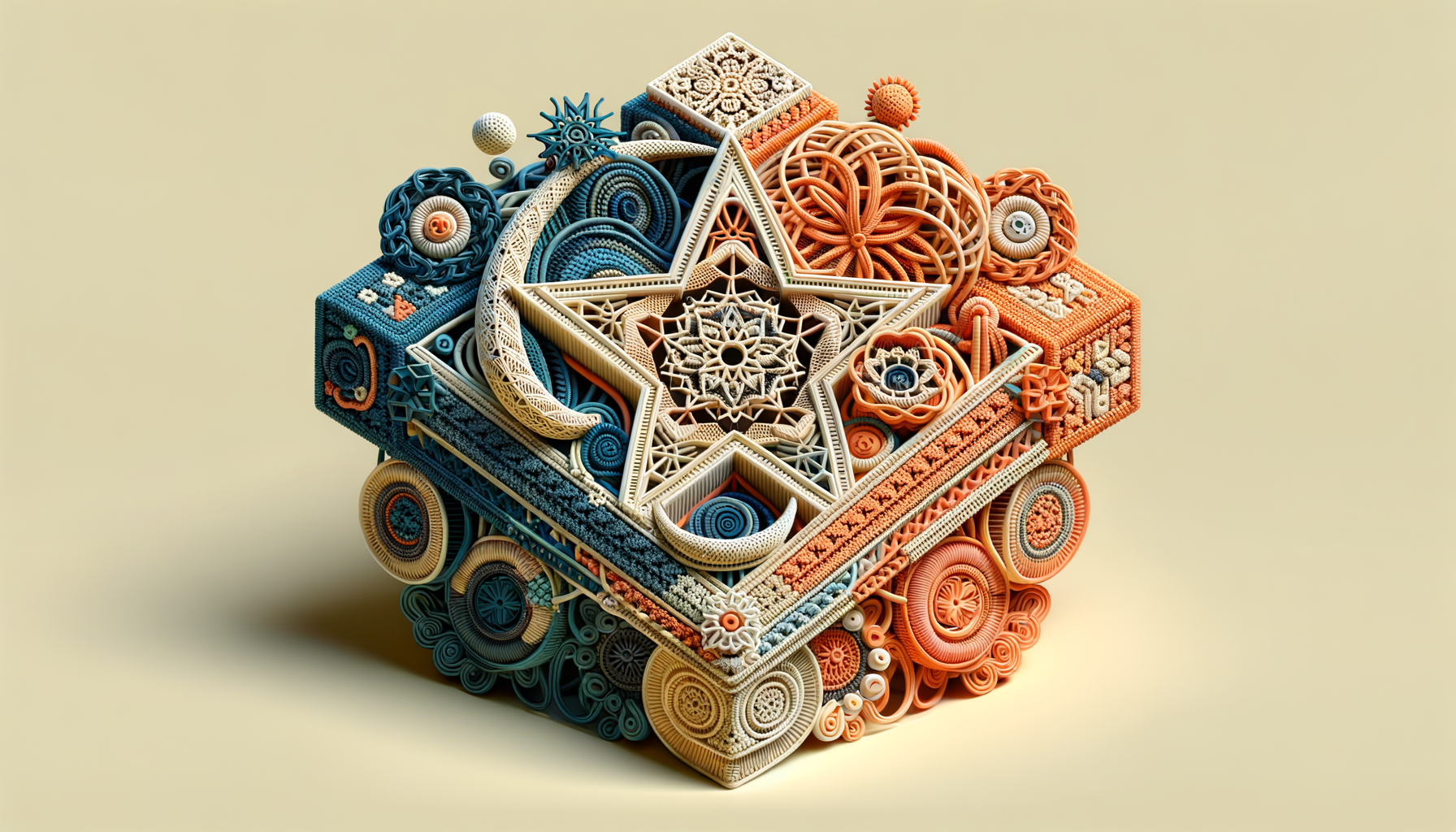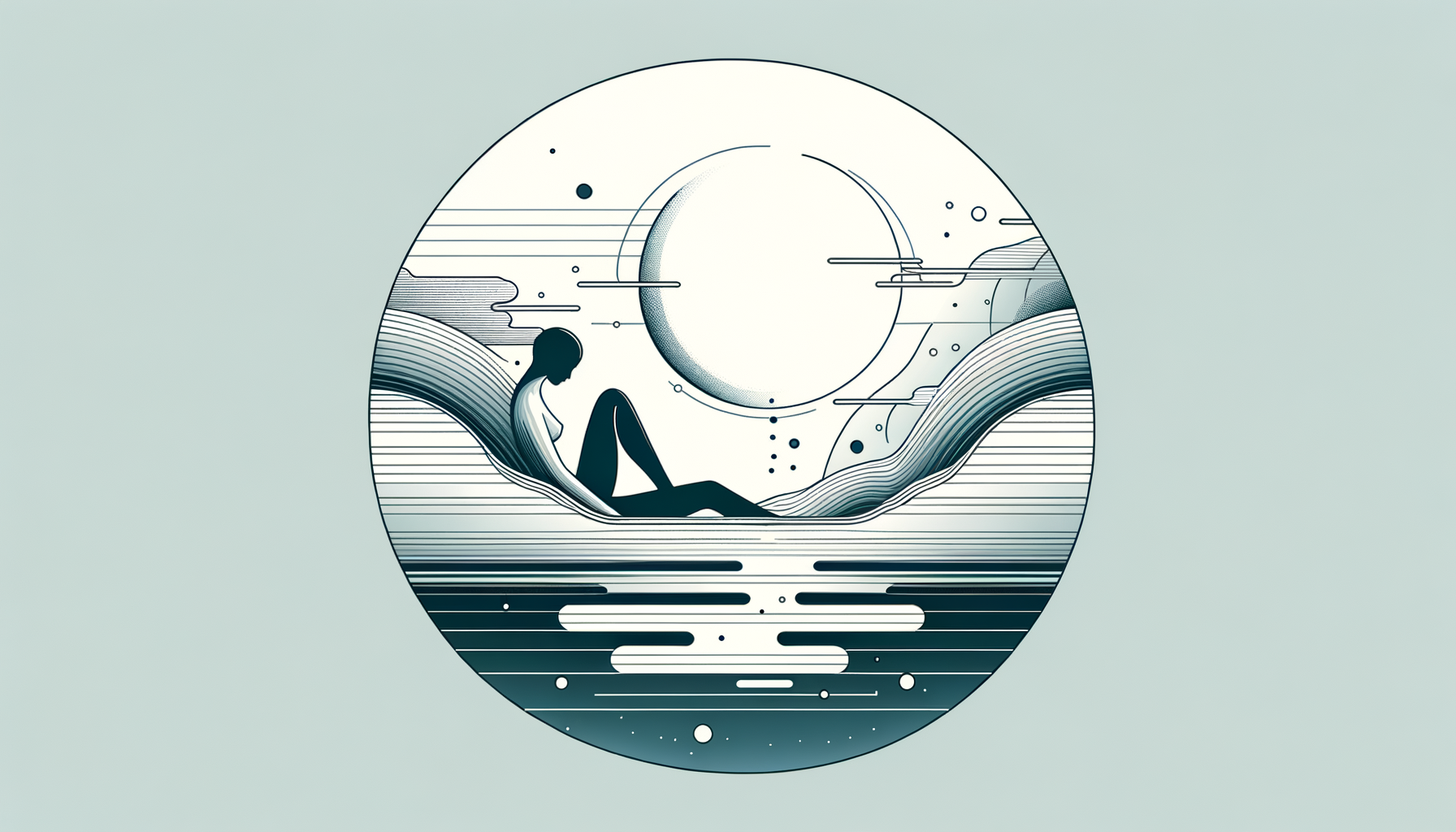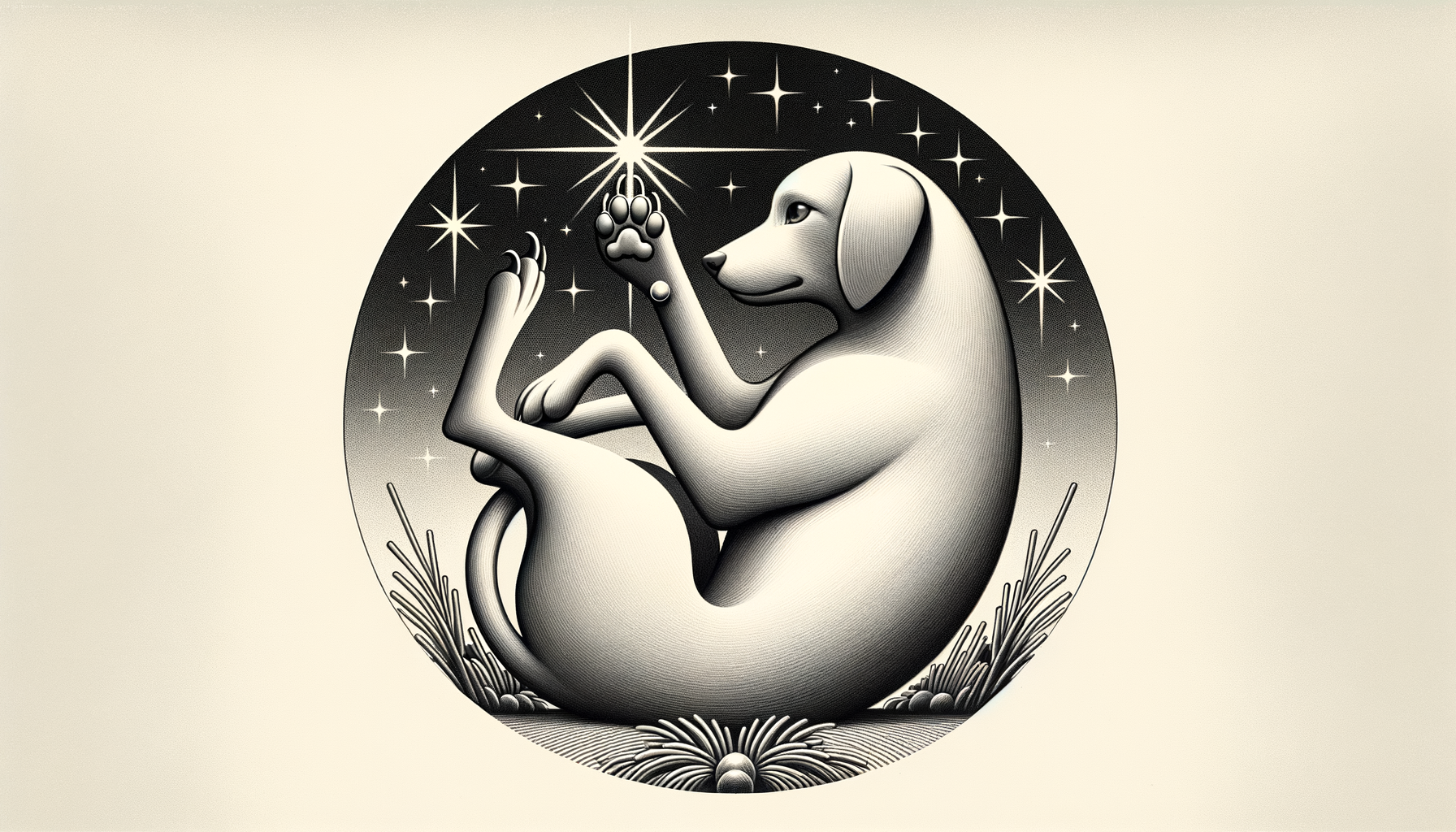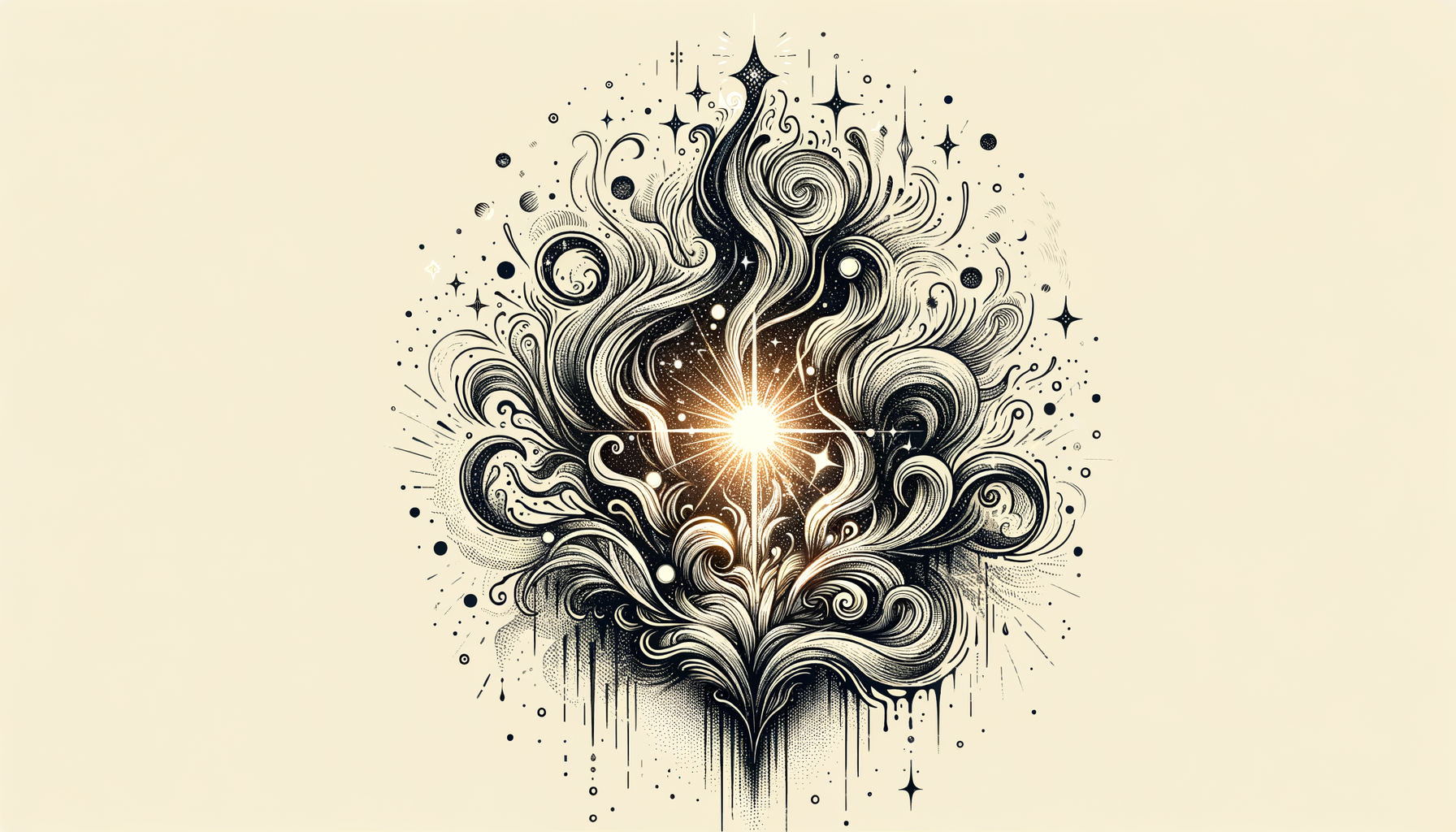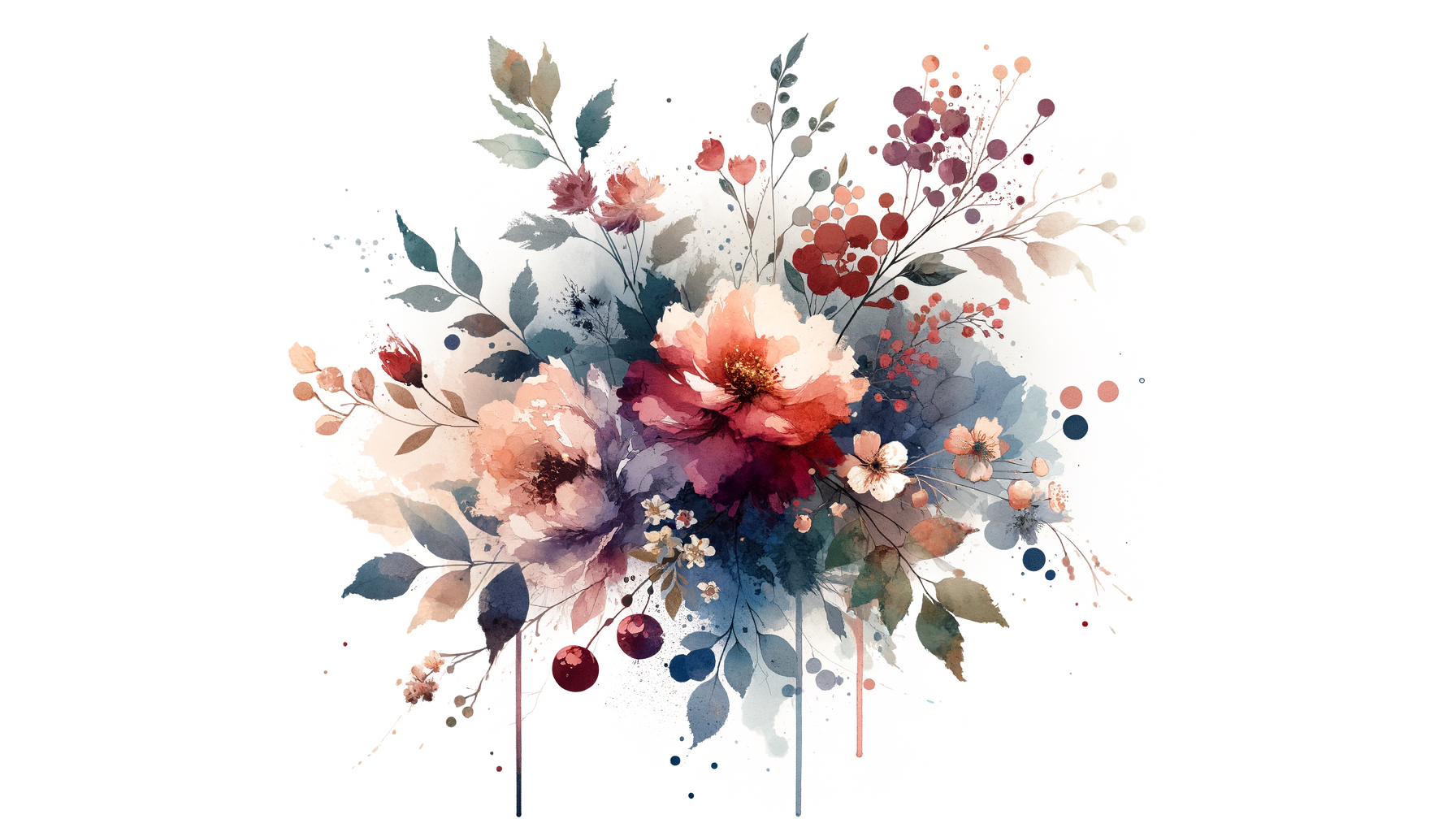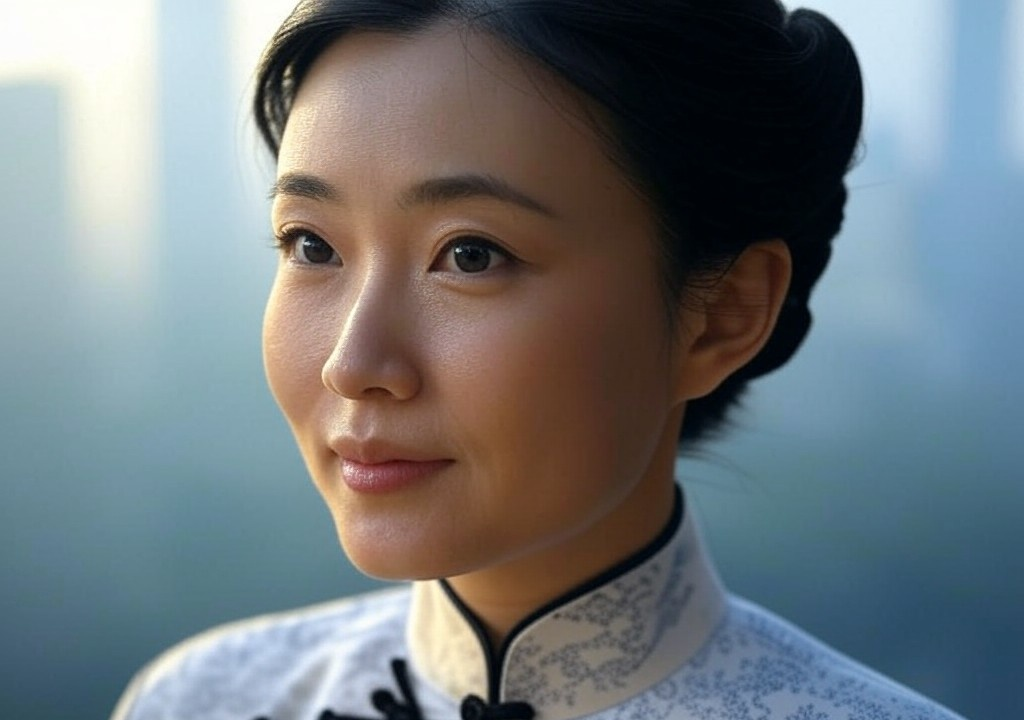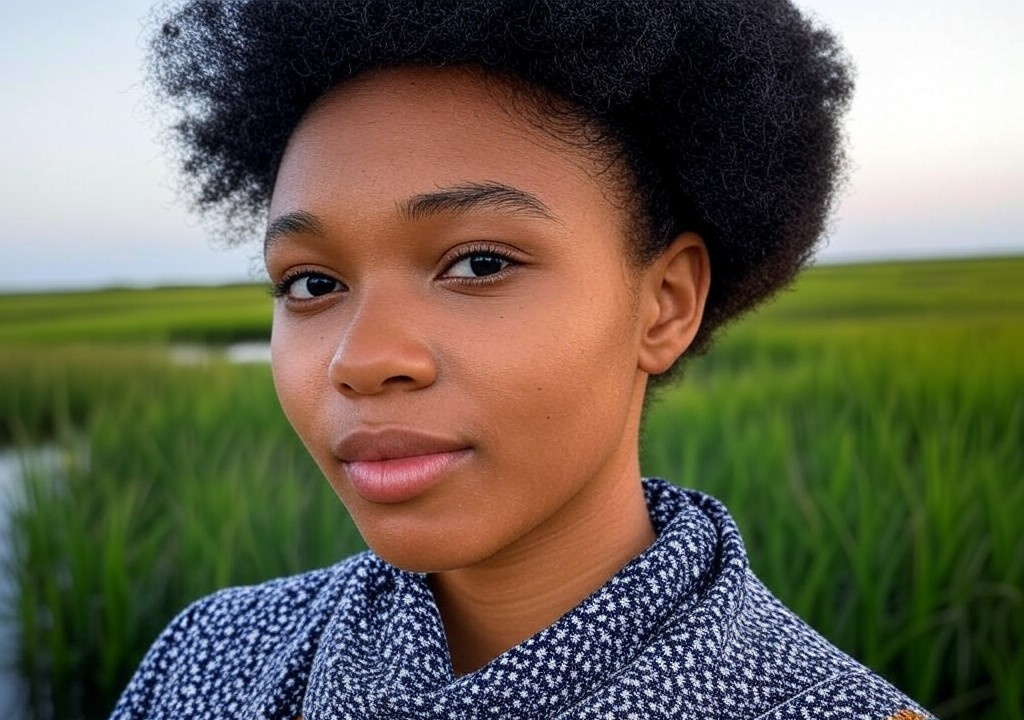The Hook of Serendipity: The Book That Changed Everything
Picture this: It’s a dreary London afternoon, the kind of day that feels like living inside a Turner painting—all muted greys and dampness. I was a 23-year-old graduate student at Oxford, trying to wrap my head (and let’s be honest, my love life) around 18th-century tapestries and their apparently “erotic undertones.” Don’t ask.
As I stepped into a tiny, second-hand bookshop just off the High Street, I wasn’t searching for answers. My brain was fried from endless dusty archives and the prospect of funneling my energy into deciphering historical footnotes felt about as appealing as swiping on dating apps would feel now. But fate—dressed in the form of a teal paperback with a seductive golden spine—had other plans.
The title? The Art of Loving by Erich Fromm. Cheeky, I know. It wasn’t some racy tell-all or a self-help manual clad in neon promises, but a philosophy meets psychology treatise on what it actually means to love. I’ll be honest: at first glance, I raised an eyebrow. Love? For someone like me, whom a friend once jokingly referred to as “emotionally a French New Wave film—complex, unresolved, and always smoking metaphorical cigarettes”? Sure, big romantic philosophies felt as polished and untouchable as the Tiffany brooches at my grandmother’s soirées.
But this book? This book wasn’t about fairy tales or sweeping declarations. It was love stripped down to its bare, curious bones. And it reshaped everything I thought I knew—not just about my relationships, but about myself.
What The Art of Loving Taught Me About Giving (and Letting Go)
In the glossy Hollywood scripts we grew up on, love is either an explosion of passion or a tedious safe harbor where the leading lady trades her freedom for emotional security (cue sad violins). What The Art of Loving posits instead is something both liberating and terrifying: that love isn’t just about “finding the one,” but becoming one.
Fromm emphasizes love as an action, something you cultivate. It’s not some glittering artifact you stumble upon, all perfect and eternal; it’s messy and requires constant care. Think of it as the emotional equivalent of tending to an orchid—finicky, complex, but so rewarding when you get it right.
Most importantly, Fromm insists love isn’t possessive. This was groundbreaking for me, a serial over-romanticizer who used to think love equated to staking your emotional claim on someone like it was beachfront real estate. “To love means to let go of ownership,” Fromm wrote. Cue my mind exploding. Suddenly, relationships weren’t about keeping someone close but encouraging their growth—even if that meant their paths didn’t always intertwine with mine.
It later made me reflect on the time I was dating a man who, charming as he was, could probably spend hours discussing rare wine vintages yet barely asked how I felt about…anything. For months, I stayed, thinking my role was to be his supportive partner instead of, you know, an equal. Leaving him after realizing I deserved curiosity, too, became easier—because Fromm taught me that to grow in love means, sometimes, loving yourself enough to walk away.
Vulnerability Is the Secret Sauce (Yes, Even for Aloof People Like Me)
For someone who wore “restrained sophistication” like a fashion statement—emotionally speaking, I was more bespoke tailoring than cozy worn-in sweatshirt—Fromm’s insistence on vulnerability in love hit hard. To love someone meant being okay with the terrifying notion that they could (and might) hurt you. It isn’t about avoiding heartbreak; it’s about willingly stepping into it.
The irony? I thought myself such a pro at emotional nuance—someone raised dissecting nuances in Monet’s brushstrokes could admittedly do the same to feelings—but in reality, I’d built walls so high that Cirque du Soleil acrobats couldn’t scale them. Fromm challenged me to tear them down, brick by painstaking brick.
I remember once confessing my feelings to a dear friend-turned-maybe-romantic-interest while in Paris, sitting along the Seine, no less (as cliché as it is, yes, the setting was perfect). My heart felt like the poor Winged Victory statue in the Louvre—exposed and missing key protective armor. Their response? Kind but ultimately not mutual. And yet—I survived. I didn’t crumble. Vulnerability wasn’t the villain I’d spent years running from, nor was rejection. It was proof of being alive, of loving deeply, even without guarantees.
Ego-Schmego: Learning To Take Love Off Its Pedestal
Here’s where The Art of Loving got deeply uncomfortable—for both my perfectionism and my Pinterest-level standards of romance. Fromm debunks the idea that love should be some mystical force striking from on high, turning everything into rose-colored euphoria. Nope, love isn’t the rom-com grand gesture or the meet-cute montage. More often, it’s the breakfast dishes you washed without being asked or the bouquet of flowers bought on a random Tuesday, just because.
I’ll admit, this lesson came slow to me. For so long, I chased the heady climaxes of love—the operatic highs, the dramatic lows—as if it were an artistic masterpiece that needed crescendo after crescendo. Reading this book during an art residency in Tuscany drove home the contradiction. I would spend hours silently sketching the way the morning sun splintered across olive trees and Renaissance ruins, learning, for the first time, to savor subtleties—not just in art but in people.
Love, like art, doesn’t need the perfect composition. Sometimes the beauty is in its lopsided balance—where life happens in the silences and imperfections.
Okay, So How Can You Love Like This? Practical Takeaways
Fromm’s lessons were as much practical as philosophical. If you’re craving a deeper way to connect, here’s how to ease into the “art” of it:
-
Learn the Love Languages—But Make Sure They’re Mutual.
It’s okay to have different love languages, just as long as you’re both fluent in learning and translating them. -
Don’t Fear Silence.
Remember: two people should be able to share space without bantering endlessly. If “awkward silence” feels terrifying, ask yourself—why? -
Build, Don’t Just Feel.
Chemistry is easy. Building trust and understanding? That’s the real love-glue. -
Never Stop Questioning.
No, this doesn’t mean interrogating your partner nightly. It means staying curious about them—because people change, and love is about discovering who they become as much as who they are.
Conclusion: Love Is an Ongoing Masterpiece
When I think back to that chance encounter at the London bookshop, I realize now that I was searching for more than academic respite—I was searching for tools to answer the deepest questions of living and loving. While The Art of Loving didn’t offer answers wrapped in bow-tied certainty (spoiler: love never does), it gave me frameworks.
Decades later, I’ve made peace with the art of love being unfinished, evolving, and deeply human. Whether I’m dating (increasingly rare these days), deepening a friendship, or even nurturing self-love during New York City nights alone with jazz humming in the background—Fromm’s words remind me that relationships aren’t defined by their level of drama; they’re defined by their level of care.
So start there, with care. And maybe—just maybe—find beauty in the imperfection of it all.


